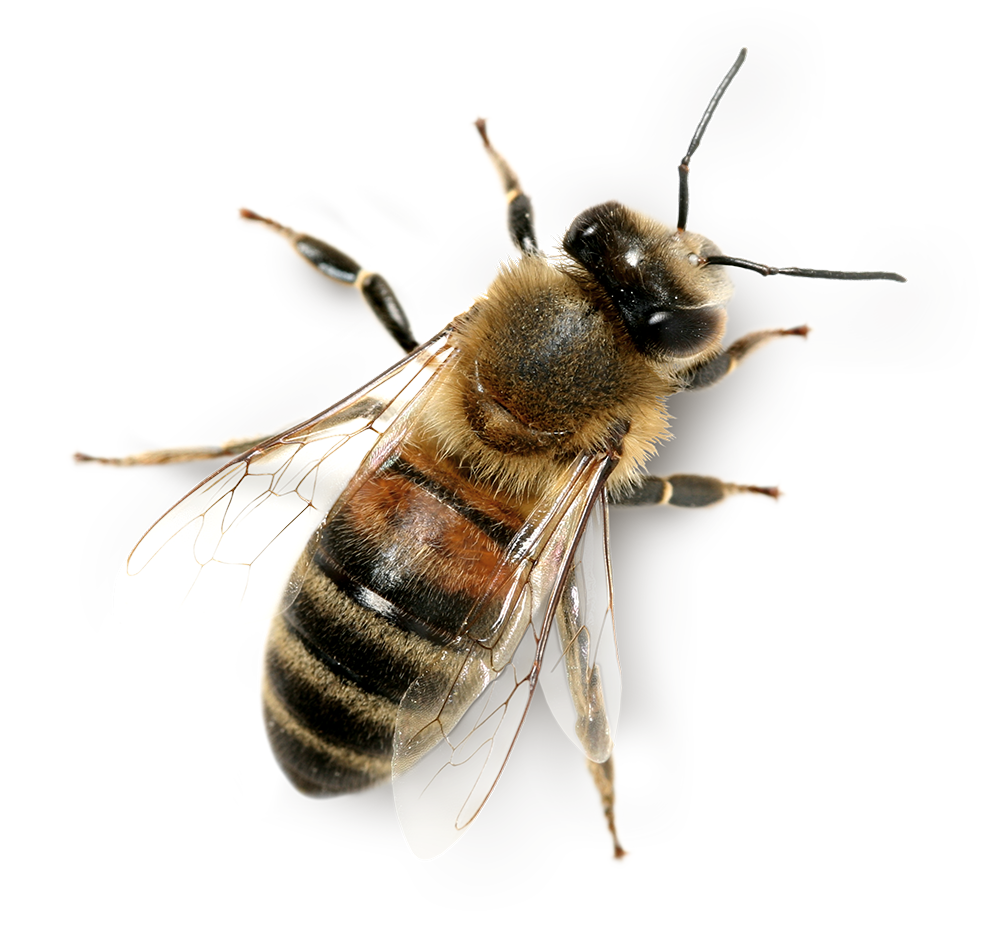
The Economic Value of Pollinators
The leaders of modern agriculture understand both the economic and ecological importance of pollinators. Each season pollinators provide a service that boosts yields and quality, creates value for farmers, and drives the global food supply. That is why the industry has made concerted efforts to continue the rich tradition of working alongside and in cooperation with local wildlife and domestic pollinators.











